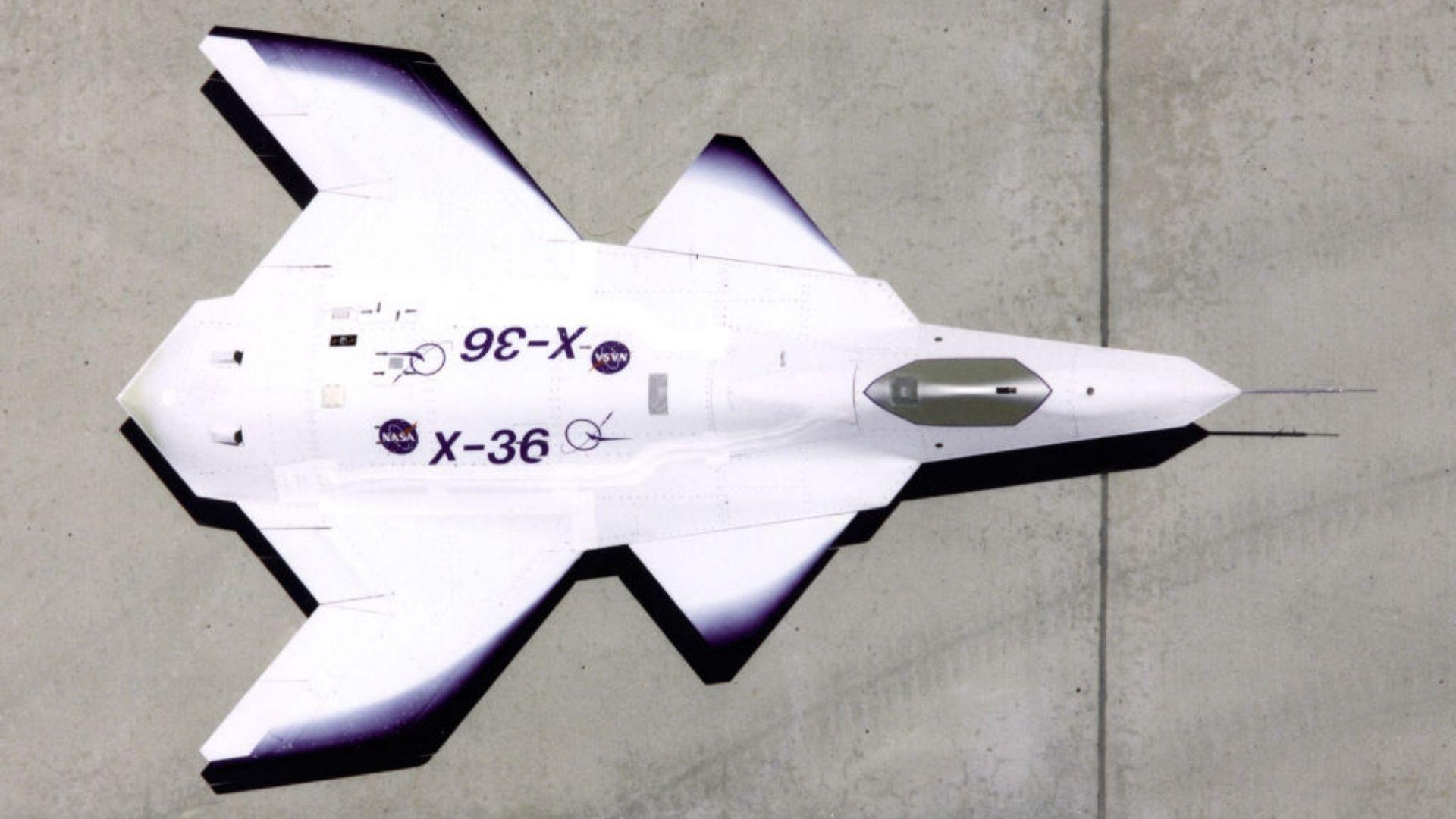The X-36, an experimental aircraft born out of a collaboration between the U.S. Air Force and Navy, marked a significant milestone in aviation history. Unveiled to the world through renderings released by the industry, the aircraft’s “tailless” fuselage, devoid of vertical or horizontal fins, presented a radical departure from conventional designs. This innovation suggested promising advancements in technology, potentially enhancing the performance and capabilities of future fighter jets.
The emergence of such innovative design concepts wasn’t an abrupt development. The roots can be traced back nearly three decades to the X-36, a research vehicle of the 1990s. This aircraft embodied a fusion of advanced maneuvering, augmented flight control technology, and integrated stealth features—all hallmarks of the Next Generation Air Dominance 6th-generation program. The X-36 was an enigma, shrouded in mystery, with limited public disclosure.
The X-36 was distinguished by its virtual cockpit, operated by a human pilot stationed at a ground-control base, guiding the aircraft via a video camera mounted on board. “In a series of flight tests, the low-cost X-36 research vehicle demonstrated the feasibility of using new flight control technologies in place of vertical and horizontal tails to improve the maneuverability and survivability of future fighter aircraft. During flight, the X-36 used new split ailerons and a thrust-vectoring nozzle for directional control,” detailed the Federation of American Scientists.
The absence of vertical and horizontal tails was compensated for by the innovative use of new split ailerons, ensuring yaw and pitch directional control. The design sought to reduce weight and drag while enhancing range and survivability. The Federation of American Scientists highlighted these aerodynamic adaptations, underscoring the pivotal role they play in influencing “airflow,” “vectoring,” and other air-combat dynamics integral to the aircraft’s performance.
The prevailing design of 6th-generation aircraft, if it adheres to the configuration embodied by the “demonstrator” prototype, potentially draws inspiration from the X-36’s innovations in vectoring and tailless flight. The aircraft’s design, characterized by a dual-wing configuration and a flat, horizontal fuselage, manifested stealthy attributes. Its reduced radar signature resulted from the absence of vertical structures that typically reflect an enemy’s electromagnetic “ping.”
Completing over 31 successful test flights since its inaugural flight in 1997, the X-36 was lauded for its exceptional handling capability, establishing itself as a promising blueprint for future fighter aircraft. However, post-2017, information regarding its development and progress became scant. The aircraft, which was once at the forefront of aviation innovation, seemingly receded into obscurity, leaving behind a legacy of questions and speculation.
While the X-36 may not be in the limelight, its technological innovations continue to echo in contemporary aircraft designs. The seamless and streamlined structures of current 6th-generation aircraft possibly owe their genesis to the pioneering spirit of the X-36. As modern aircraft continue to evolve, incorporating advanced features and capabilities, the contributions of experimental predecessors like the X-36 demonstrate the continuous, dynamic evolution of aviation technology.
The X-36 occupies a distinctive space in aviation history, serving as a testament to the relentless pursuit of technological advancement. As we witness the unfolding of new chapters in aircraft innovation, understanding the origins and evolutionary trajectories of past experimental models, such as the X-36, becomes crucial. These historical insights not only deepen our understanding but also illuminate pathways for future explorations in aviation technology.
































